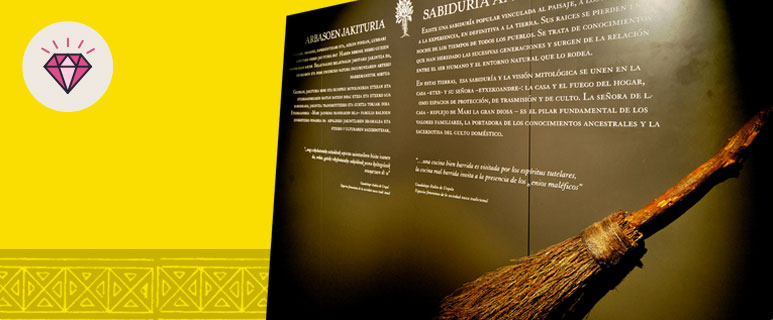The street and its houses
The Curacy of Ainhoa was created by the Priory of the Premonstratensian of Urdax in the 13th century and laid out as a fortified town. The village was an important stop on the pilgrims’ path to Compostelle and tolls were charged to allow pilgrims to continue through to Spain. The main street is a large avenue lined with admirable half-timbered houses, dating from the 17th century and with residences dating from the 18th century which fronts get beautiful stones of visible size.
The washing place
September 23rd, 1858, the Emperor of the Second French Empire, Napoléon III and his wife Eugenie de Montijo stopped to drink in the fountain Alaxurruta, in the communal area where the women of the village would go to wash clothes, and they went on foot up to the bridge of Dancharia with their retinue.
The landscaped cemetery
From the 16th century, the growth of population and the important church attendance oblige to create wooden galleries, then to relocate graves, outside, around churches : every house have its gravestone next to his/her neighbour’s tomb. The disk-shaped steles o hilarri (from basque hil = death and harri = stone), are composed of few dates but may be decorated by the Basque cross, geometric symbols and more specific figures (Christograms, rosettes...).
The open-walled playing area: the fronton
The fronton is, in the Basque Country, a place used for celebrations, events and where the most popular sport is played : the basque pelota. Is a very appreciated sport because it gathers important values for the inhabitants : strength of mind, solidarity, loyalty. It's usually played bare-handed, with a small or big chistera (basket-glove), with a pala (wooden bat), with a pasaka (leather glove), and with a sare or xare (soft racket).
The church of the Assumption
The building became a church in the 13th century, it was certainly built on a castle previous to the 12th century and it is the monks of Urdax who are at the origin of its construction. The church of Ainhoa was probably dedicated from its origin to the Virgin Mary by Juan Perez de Baztan, lord of the castle of Jaureguizar and Ainhoa. It has not definite style, but it presents typical characters as we find in most of the churches in the province of Labourd. In the 17th century and 18th century, the church knew important modifications.
The hawthorn's chapel
The chapel of Ainhoa, dedicated to the Virgin Mary, was built on the side of the mountain Atsulai. The Virgin Mary appeared in a bush of hawthorn to a shepherd who exclaimed: “aranza zu!” (in English: “you in a bush of hawthorn!”), and it gave the name of the chapel. For a very long time, the believers of Ainhoa and of the surrounding villages rise in procession to the chapel, on Easter Monday. A Way of the Cross marks out the small road which unites the village with the chapel since 1886.
The Gorritia house
This house typical of the Labourd province style is known for the lintel over the door: « Marie de Gorriti bought the called house Gorritia with money sent home by her son Jean Dolhagaray in the West Indies ; the house cannot be sold nor pawned. Made in 1662 ». As the house Gorritia, the basque houses possess a lintel calling back the importance of the home, the household in the basque culture.
Dancharia / Dantxaria
The main district of Aïnhoa’s village is Dancharia. The spelling actually using comes from the splitting of the primitive name: “Dançariarenea”. Dancharia means “the house of the dancer”, the former spelling has been revealed by the gravestone: “Sepultura Dançariarencoa” from the legendary Basque dancer Joannes de Quirno.
AINHOA´S TOURIST OFFICE
Maison du patrimoine
64250 AINHOA
Tel: (00 33) 5 59 299 399
http://www.ainhoa-tourisme.com/
Visite libre :
Un circuit pédagogique composé de panneaux disposés tout le long de la rue principale aborderont différents thèmes et vous présenteront les charmes du bourg.
Toute l’année : visites guidées pour les groupes sur rendez-vous (visite traditionnelle ou avec dégustation de produits du terroir).
The fourteenth century church with its gilt altarpiece, galleries, and five-level bell tower is worth a visit.
Located next to the church, the cemetery is full of disc-shaped funerary steles of XVI-XVIII centuries.
The Hawthorn’s Chapel and the 26 disc-shaped funerary steles at an altitude of 390 m are also to be seen: from there, a magnificent viewpoint of the Xareta area, the Rhune Mountain and the Atlantic coast.
An original immersive video projection on a 120° screen, to explore Xareta, its history, its landscapes, places and traditions.
You will also find here all the information necessary for your stay in Xareta.
